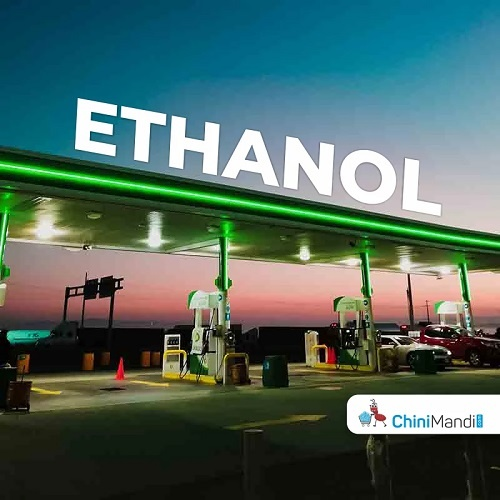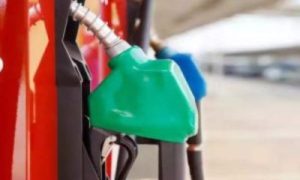Green ride: Yamaha’s motorcycle strategy shifts towards ethanol, not EVs

NEW DELHI : Even as India accelerates towards a greener future with an ambitious target for two-wheeler electrification by 2030, Yamaha Motor India is steering towards a more conservative course.
Anticipating a 20% adoption rate for electric scooters by the end of the decade, the local arm of Japan’s Yamaha Motor Co. is betting on a holistic approach to cleaner emissions technologies, led by ethanol-based flex fuels, said Eishin Chihana, chairman, Yamaha Motor India.
Considering the current market share of electric scooters at 5-6%, “we expect EVs to grow to 20% of the scooter market in India by 2030”, he said.
While last week, former Niti Aayog chief and India’s G20 sherpa Amitabh Kant called for full electrification of the e-2-wheeler and 3-wheeler segment by 2030, Chihana advocated for technologies like ethanol-blended fuels to achieve the country’s emission targets.
Yamaha, a major player in India’s premium motorcycle and scooter markets, also emphasized the significant obstacles hindering quicker adoption rates. According to the company, despite the potential of high gasoline prices driving faster adoption of electric scooters, consumer behaviour remains largely unaffected due to usage patterns and infrastructure challenges.
Yamaha plans to introduce two EV models by 2030, catering to the growing but limited demand for electric scooters. Besides, it seeks to enhance its premium motorcycle strategy, as well as distribution network through Blue Square outlets over the next six years, Chihana said in an interview.
The company’s primary strategy to meet its emissions targets revolves around flex fuel (E85) options for motorcycles, acknowledging the global shift towards sustainable fuels while avoiding the infrastructural and technological challenges of full electrification.
E85, a fuel blend containing up to 85% ethanol mixed with gasoline (petrol), powers flexible fuel vehicles (FFVs), which are engineered to run on ethanol proportions ranging from 0% to 85%.
“While 20% of the market will become EV, 70-80% will remain internal combustion-engine. So, our Target 2030 is while we prepare for EVs, we will certainly increase our step-up models with ICE-engines. We are preparing, but we are not in a hurry. Our focus remains on developing our premium motorcycle dealership network and targeting the younger generation with our urban, sporty motorcycles. Our first priority is to establish premium motorcycles dealerships across India.”
“The current crop of customers for e-scooters are using EVs mostly for a daily mileage of 30km, but for motorcycles, people’s daily mileage is 70-100 km, as they commute between cities using motorcycles.” But, if you increase the battery size, it will result in more body weight and lead to limitations in the ride experience and cost, he added.
Yamaha aims to explore the potential of flex fuels and electric models as part of a comprehensive strategy to support India’s carbon-neutral objectives, and aims to increase its share in India’s premium motorcycles above 150cc capacity from 15% at present to 17.2%. The two-wheeler maker is aiming for 20% sales growth in 2024 over 2023.
“While this segment is getting crowded, we are different from other American or European players because of the age group of customers we are targeting—18-29 years or an even narrower, 18-25 years, living in urban or semi-urban regions.”
“We are focussing on the 125cc scooter and 150cc motorcycle segment to become the most aspirational brand for these customers, and will upgrade them to our own portfolio of bigger motorcycles,” he added. “So, we are trying to differentiate and targeting aspirational youngsters.”
While Yamaha had estimated 5-10% growth for the two-wheeler industry in 2024, factoring in historical trend of sales dips after elections, the industry witnessed robust wholesale growth of 25% year-on-year in January-March in the premium segment.
While Chihana attributed a large part of this growth to better supplies of semi-conductor chips, it also indicates that the premium segment can outperform initial projections.
















